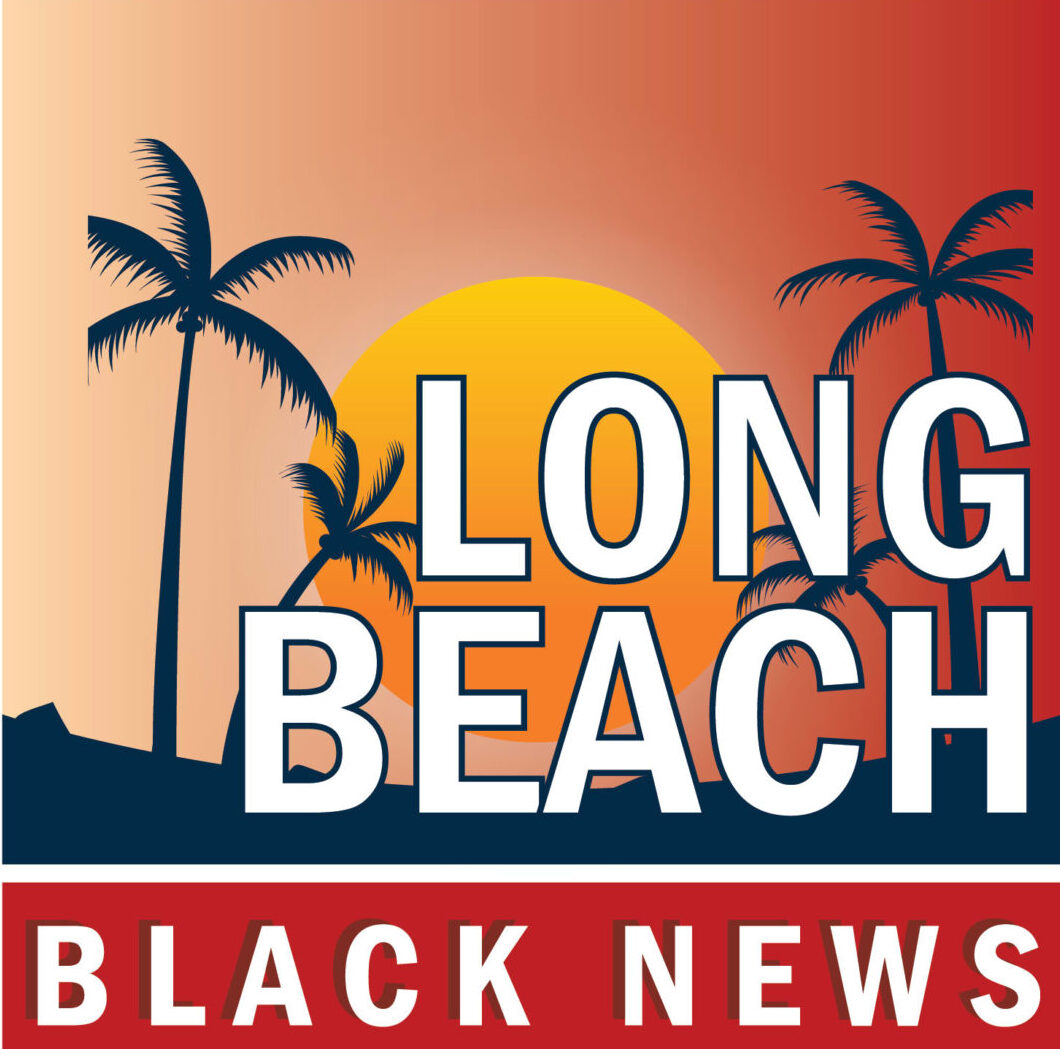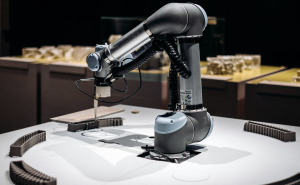Many inventors, artists, and business owners wonder when to engage a lawyer for patent protection. Lynch LLP shares valuable insights.
— Sean Lynch, partner
SOUTHERN CALIFORNIA, CALIFORNIA, USA, November 16, 2022 /EINPresswire.com/ — It can be difficult to decide when it’s time to talk to a lawyer, especially with a new invention. Building a prototype? Need sketches? Fully-developed idea or only half-baked?
“So, you have an idea,” says Sean Lynch, partner at Lynch LLP. “You’ve thought about it a lot and you are pretty sure you know how you’ll make it. Is it time to talk to a patent attorney? Plain and simple, we recommend engaging an attorney only once you’ve reduced the invention to practice.”
To patent an invention, there are two key steps. Conception and reduction to practice.
WHAT DOES IT MEAN TO CONCEIVE OF AN INVENTION?
———————–
Conception has been defined as “the complete performance of the mental part of the inventive act” and it is “the formation in the mind of the inventor of a definite and permanent idea of the complete and operative invention as it is thereafter to be applied in practice….” Townsend v. Smith, 36 F.2d 292, 295, 4 USPQ 269, 271 (CCPA 1930). And to translate that: it means that one has an idea in mind and roughly how to put that idea into practice.
WHAT DOES IT MEAN TO REDUCE AN INVENTION TO PRACTICE?
———————–
An invention can be reduced to practice according to a few different definitions: actual reduction to practice and constructive reduction to practice.
Actual reduction to practice: “requires that the claimed invention work[s] for its intended purpose.” Brunswick Corp. v. U.S., 34 Fed. Cl. 532, 584 (1995). And what does that mean? According to the Manual of Patent Examination Procedure (MPEP), “[f]or an actual reduction to practice, the invention must have been sufficiently tested to demonstrate that it will work for its intended purpose, but it need not be in a commercially satisfactory stage of development.” MPEP 2138.05.
“In other words, if you’ve made a prototype that isn’t quite ready to put onto store shelves, you’ve very likely hurtled the bar for actual reduction to practice,” says Lynch. “And you’re ready to talk to a patent lawyer to protect your idea.”
Constructive reduction to practice: “occurs upon the filing of a patent application on the claimed invention.” Brunswick Corp. v. U.S., 34 Fed. Cl. 532, 584 (1995). This should answer any lingering questions about whether to actually build anything before filing a patent application. Lynch LLP asserts it’s enough for the USPTO that the inventor has spent the time writing a patent application that describes an invention to the satisfaction of the MPEP’s various requirements (e.g., enablement).
WHAT COMES AFTER THAT?
———————–
Next, it’s time to protect the idea. Talking to a patent attorney (like Lynch LLP) will begin the process of disclosure and writing a patent. A good patent attorney will ask questions to get more information about the invention, including asking for any writings, photos, sketches, CAD models, and so on. And once the patent attorney has enough, they will write a specification and prepare claims (ideally for the inventor to review) in preparation for filing.
Once a patent is filed, the inventor will receive an official filing receipt, a filing date, and begin down the road of patent prosecution (for utility patent applications) or secure a window of one year to decide whether to pursue utility patent protection (for provisional patent applications).
About Lynch LLP
————
Lynch LLP helps clients large and small protect their inventions across a wide range of practice areas. We have specialized expertise in a wide range of technical fields and focus our practice on providing strategic guidance and services including patent prosecution as well as strategic patent counseling. We also have experience with clearance searching, prior art searching, product licensing, as well as litigation and enforcement of patent and other intellectual property rights.
Patent attorneys at Lynch LLP have focused technical backgrounds that give us the breadth of scientific knowledge to write patent applications that not only capture a new and novel invention, but that also create an umbrella of coverage extending beyond the exact confines of the invention. We combine our experience as patent attorneys with our experience with patent litigation to prepare and file patent applications of all types that are created to withstand scrutiny and to maximize enforceability. Our expertise extends into negotiating and drafting licensing agreements.
We have experience representing plaintiffs and defendants in a wide variety of proceedings before courts and the USPTO, crafting patent strategies that complement and further our clients’ business interests.
We have experience filing utility patents and design patents to protect all aspects of your invention. Visit Lynch LLP at www.lynchllp.com to set up a free consultation.
Lynch LLP Spokesperson
Rainboost Digital Communications
+1 801-361-6600
email us here
![]()




